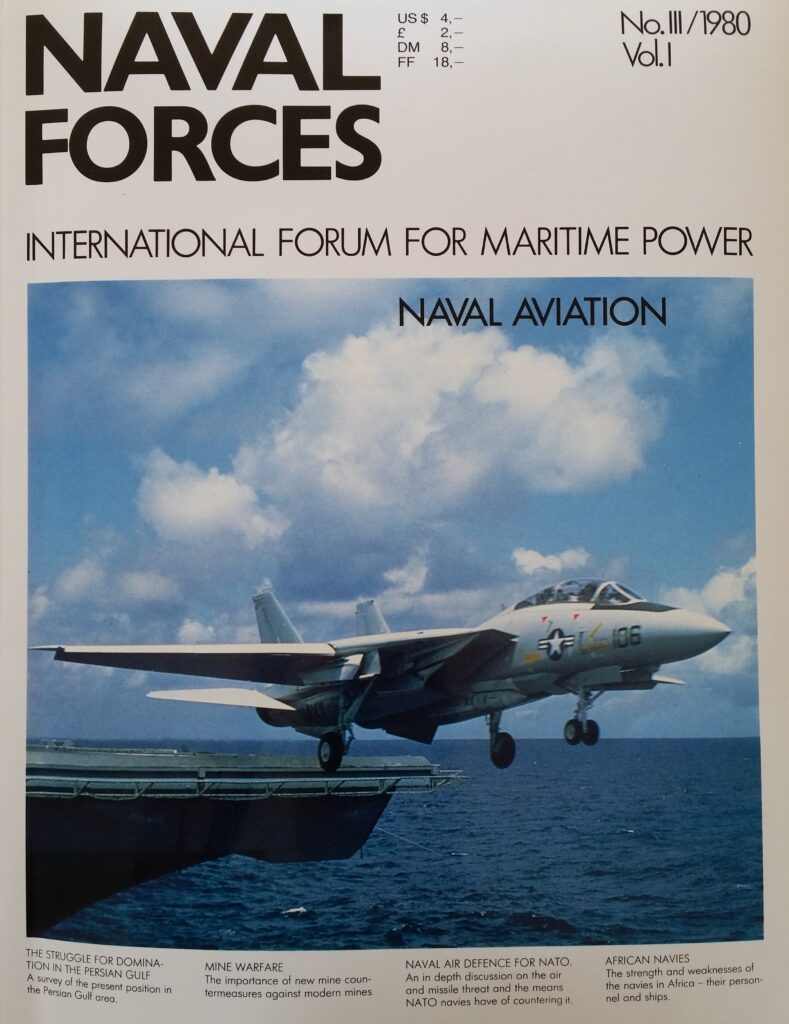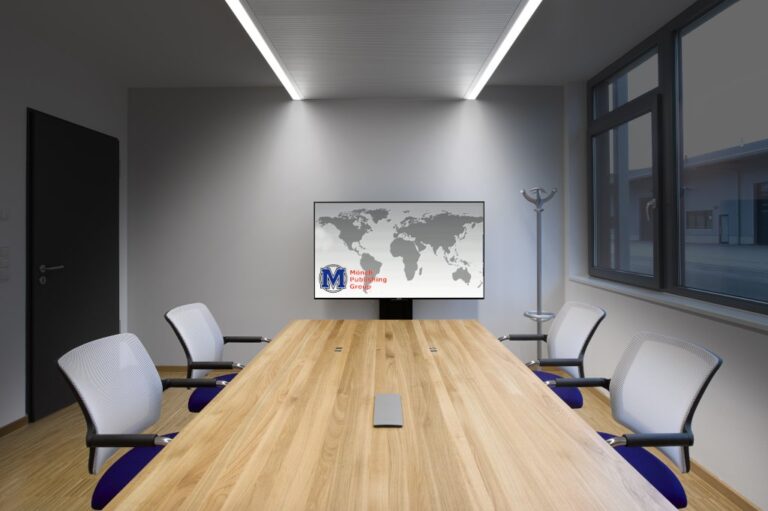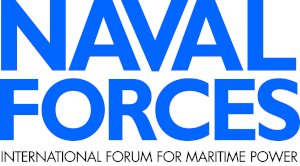Our cover in Spring 1980 showed the US Navy’s principal carrier-borne fighter at that time, the Grumman F-14 Tomcat equipped with variable-geometry wings and two Pratt & Whitney TF30 turbofan engines, undertaking a take-off from a carrier. The fighter appeared in two main articles in the magazine, one outlining the political and military situation in the Arabian/Persian Gulf, and the other, by Dr. Norman Friedman, reviewing the air defences available to NATO in the early 1980s against various possible forms of Soviet air and missile attack. J. Meister, a German author specializing in the Gulf Region since about the 1970s, speaks in his six-page analysis of increasing political tensions since about 1979 in the Near and Middle East regions that were so closely connected to the continuing trouble spots of Afghanistan and the territories around an economically weak State of Israel. Oil was the centre piece in the Arabian/Persian Gulf region at that time, confronting the Communist-block countries with a steadily increasing demand for oil imported from Arab countries, “for which they cannot pay in any convertible currency,” putting even more pressure on an already complicated situation. For the reader, one was clear: Moscow was disposing of at least two “weapons” that could be used to force Arab countries to reduce their oil exports to the West, and increase their oil barters with the Soviet block; economic pressure, however, would not be applicable, since the Soviets had nothing to offer – except arms. What Moscow could bring to the table was political pressure, however, by provoking of a change of regime, as exemplified by Moscow’s increasing influence in Kabul, Aden and Addis Abeba.
Dr. Norman Friedman, in his excellent piece about Naval Air Defence for NATO, showed how the Alliance could react to Soviet military actions. He was right: “Quantum jumps in Soviet bomber and missile capability have changed almost overnight the tactical scenario for air defence of convoys, as well as task forces on the North Atlantic lifeline.” The author stated that in close waters to the Soviet Union, NATO warships would have to depend either upon US carrier support, or else upon long-range land-based fighters. What the reader was shown in Naval Forces III/1980 was a communication by the former Thyssen Nordseewerke presenting the TR1400/TR1700, at that time, as it reads, “an evolving new submarine generation with tomorrow’s technology.” Six examples of this design were later planned for the Argentine Navy that still operates one boat – S 41 (as illustrated in the small photo). After 40 years of operational history, the tragic loss of S 42 and four unfinished boats, Naval Forces recommends the Armada de la República Argentina should go for a follow-on class ‘made in Germany’.






